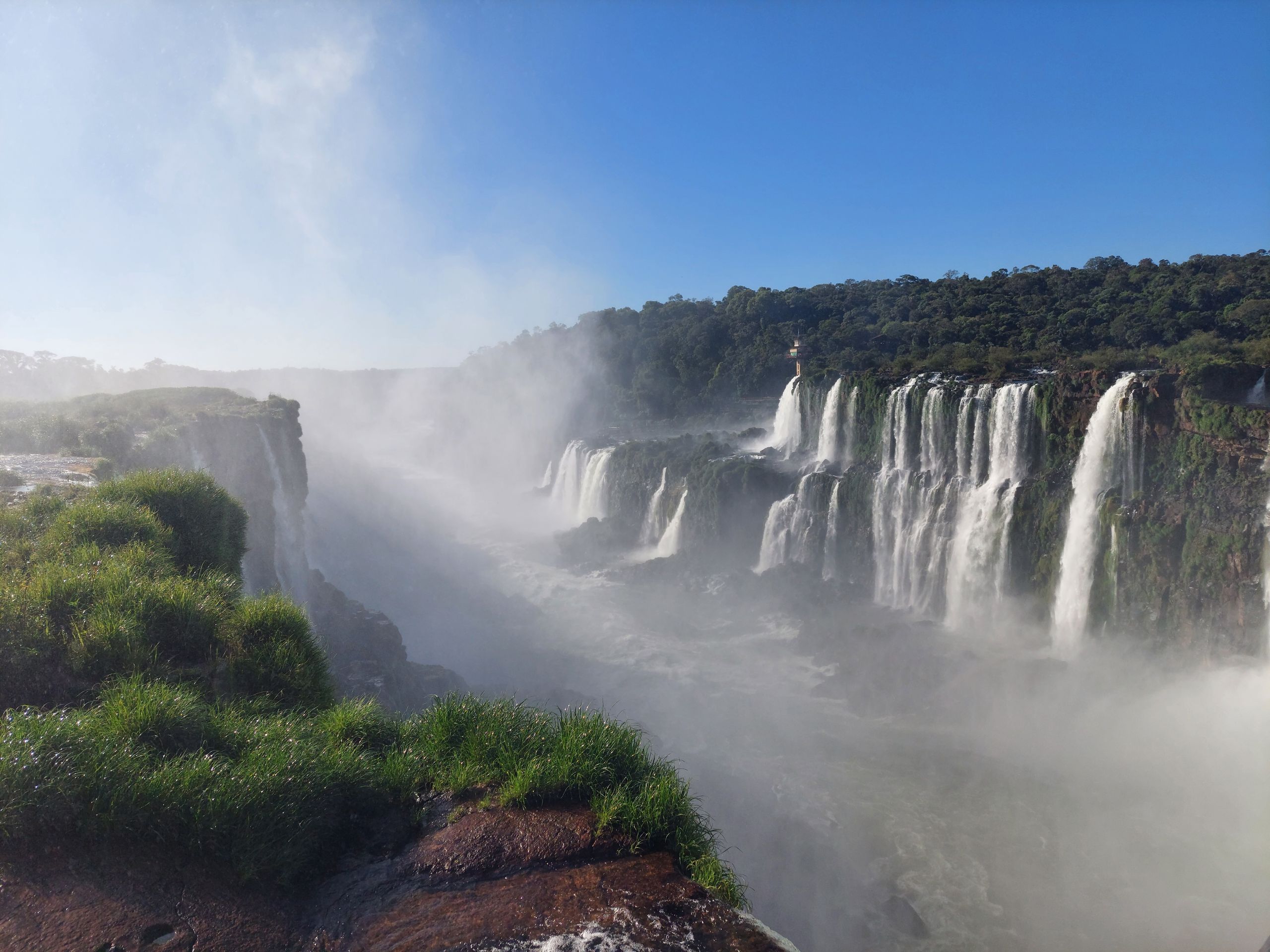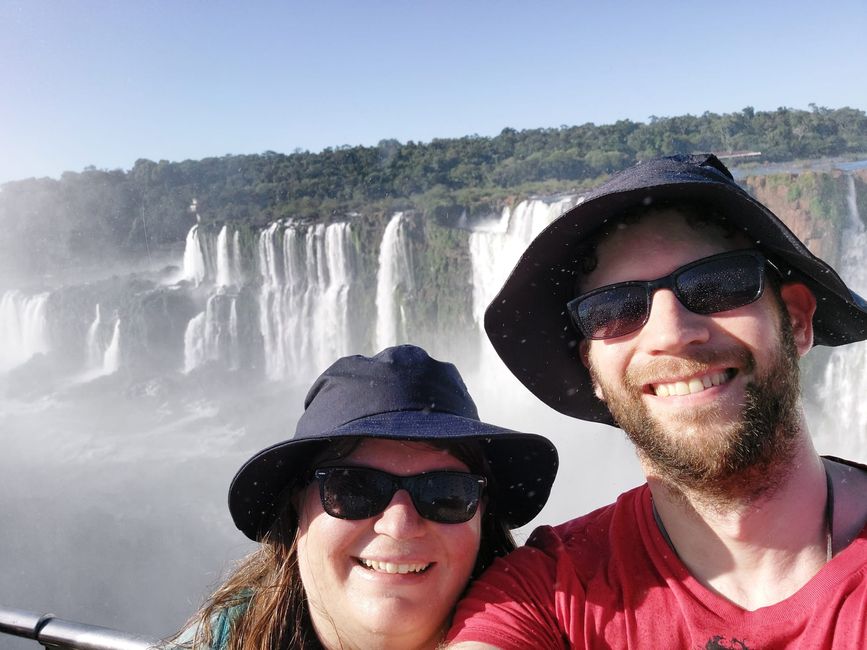San Francisco
Imechapishwa: 30.08.2023
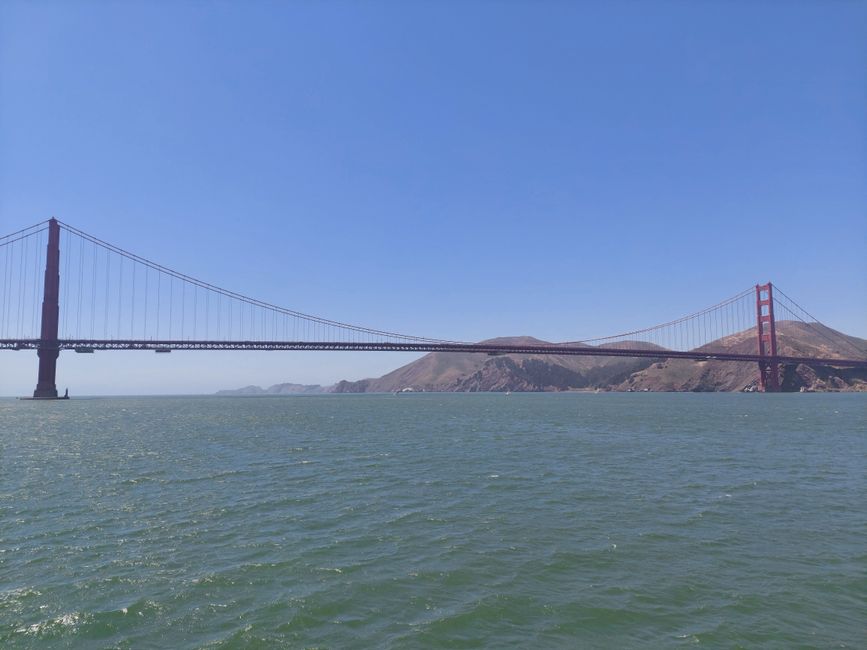
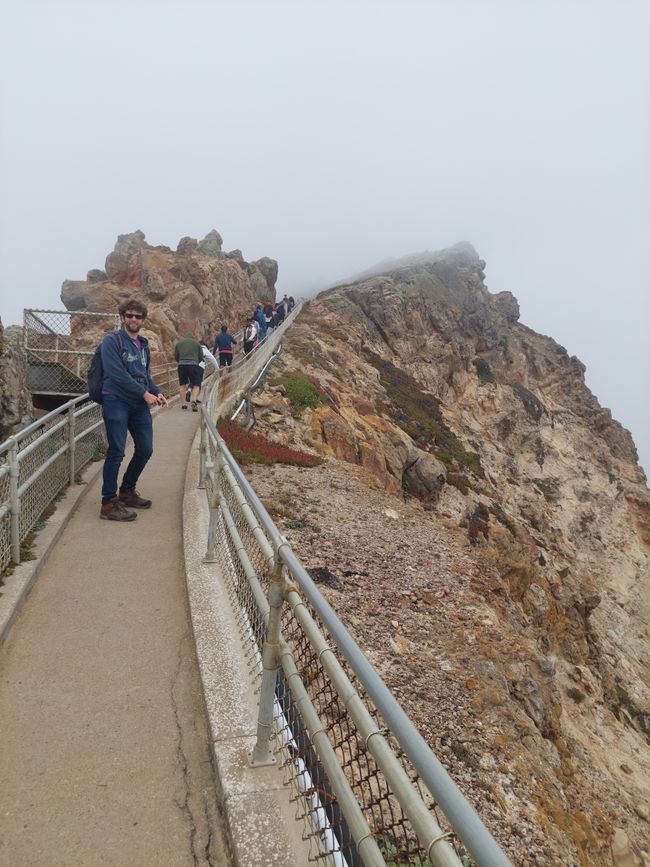
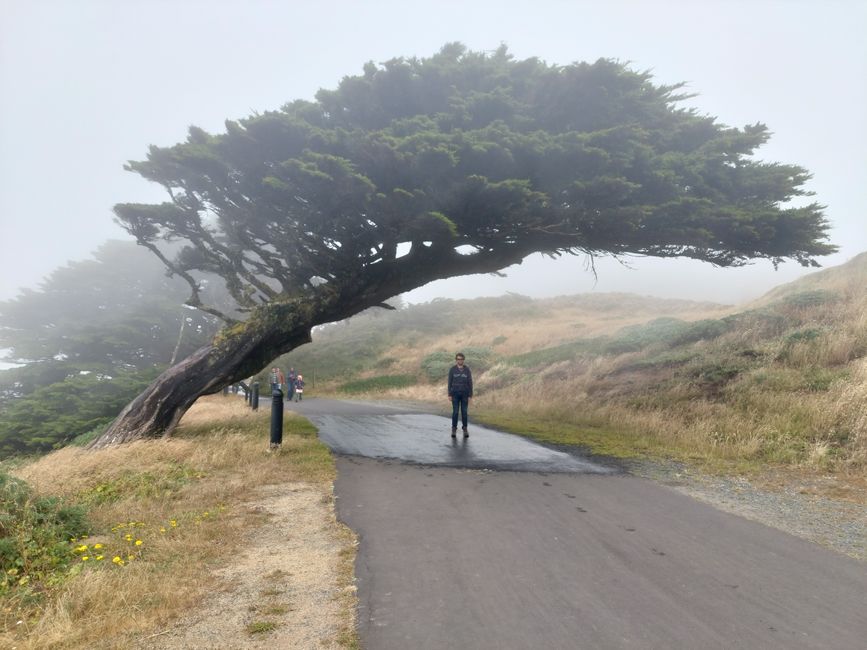
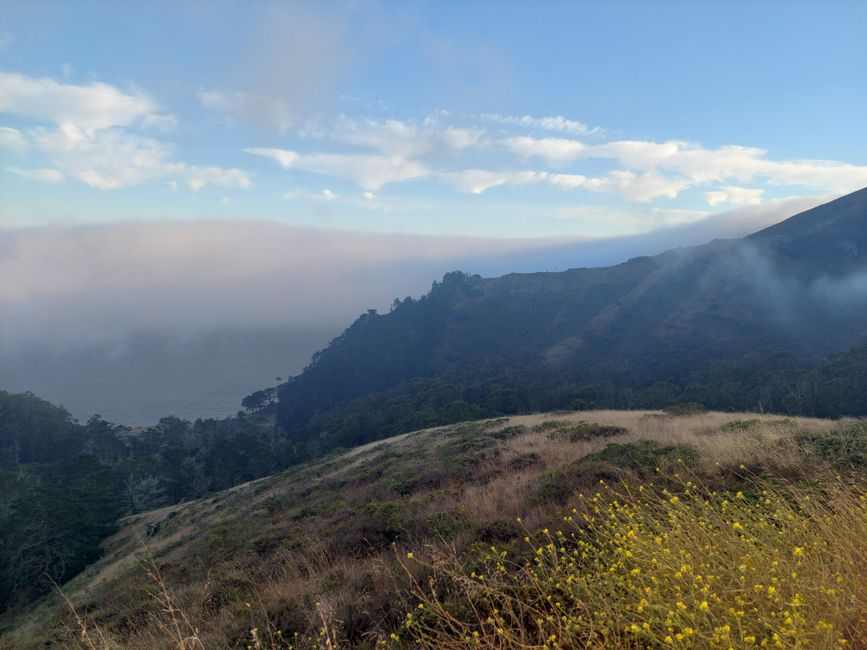
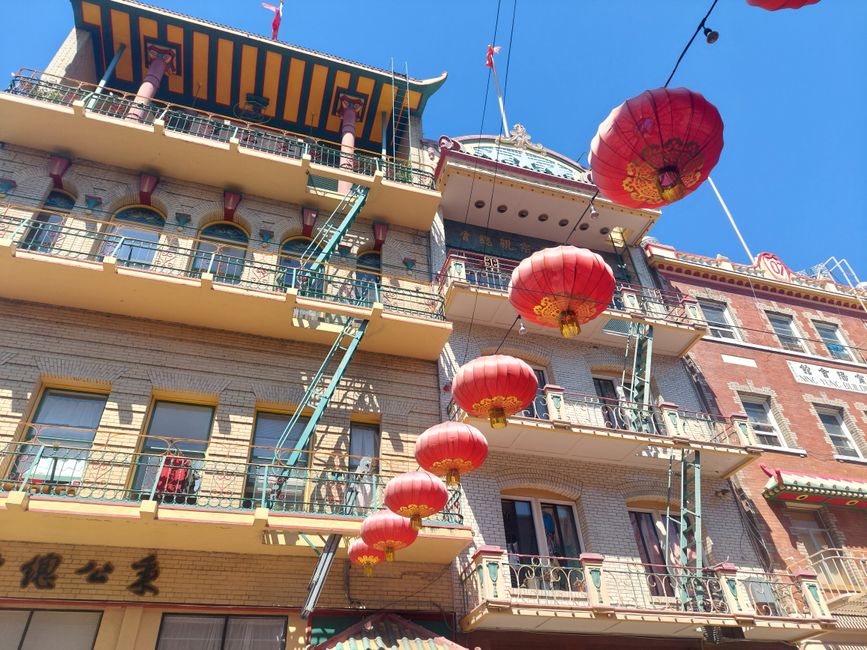
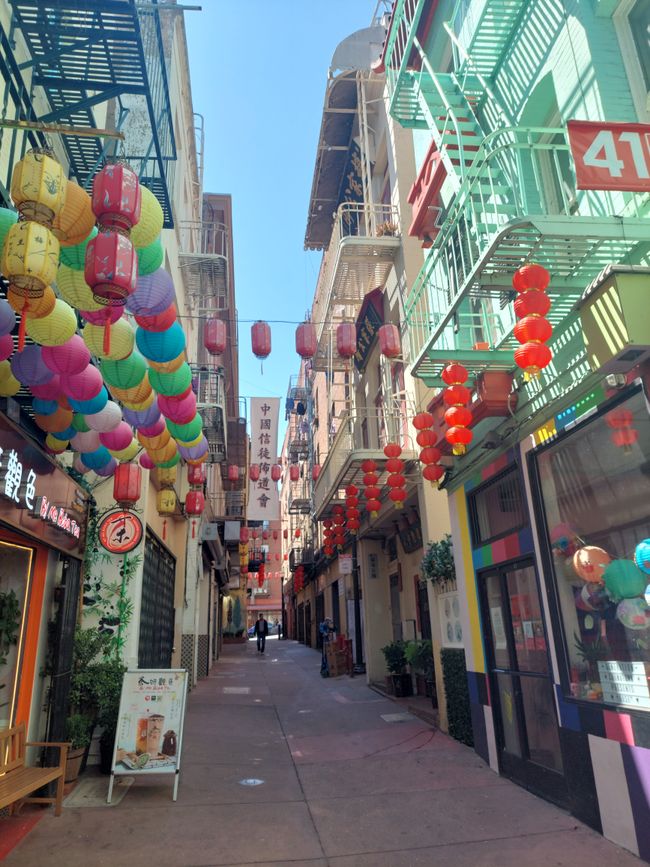
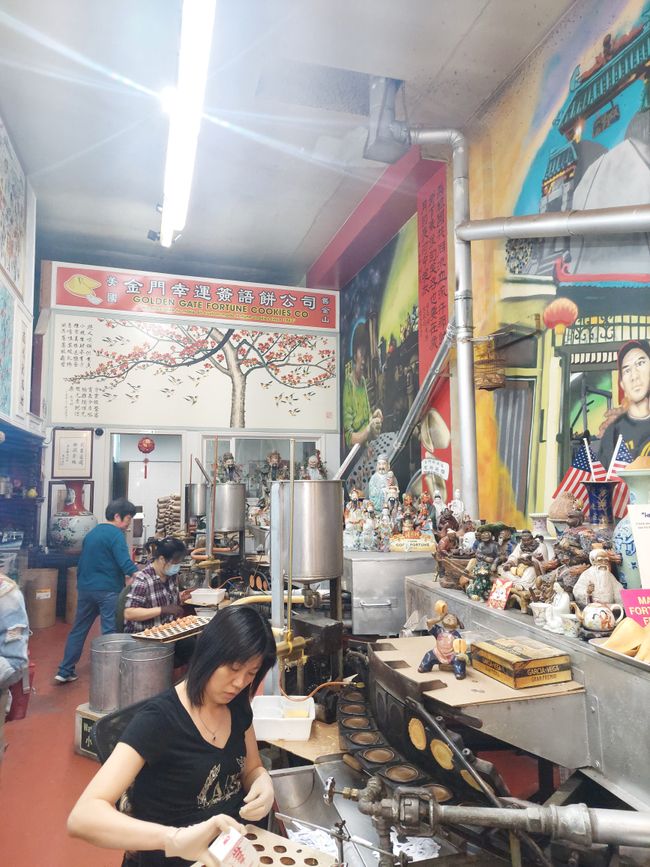
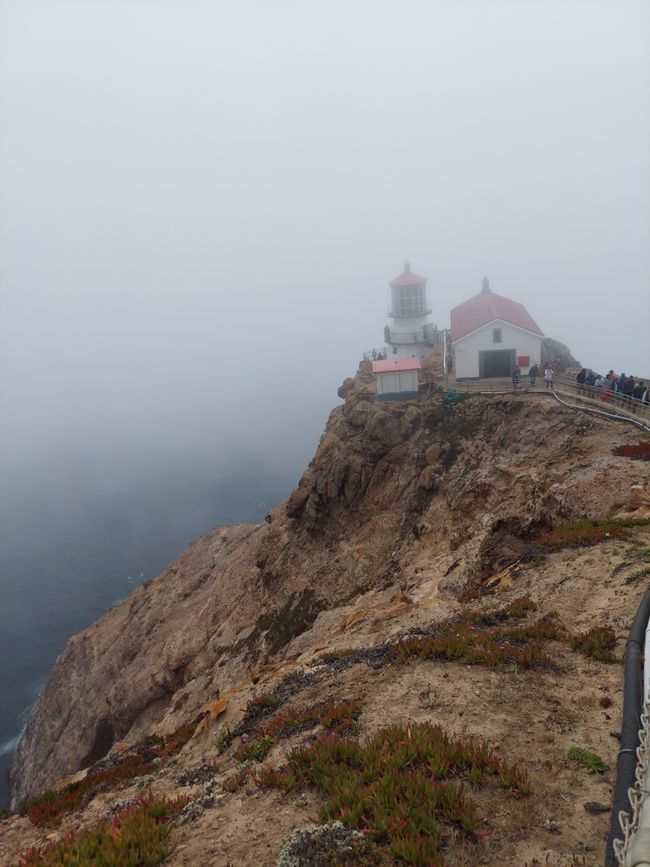
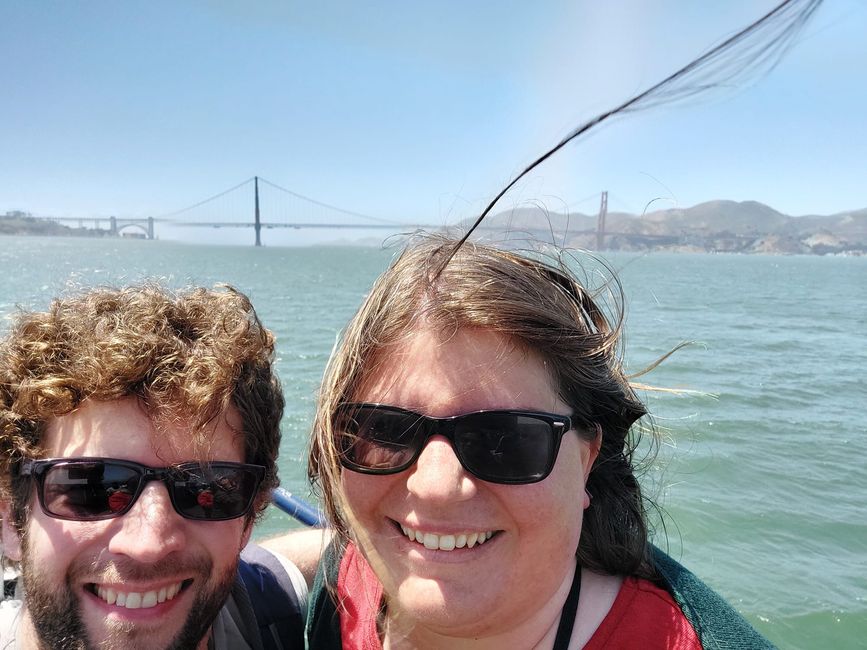
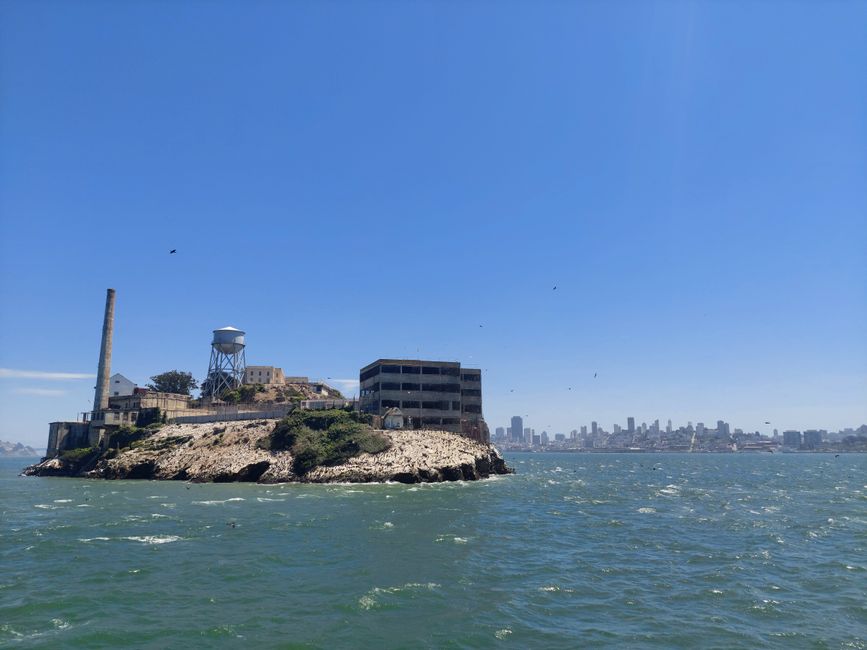
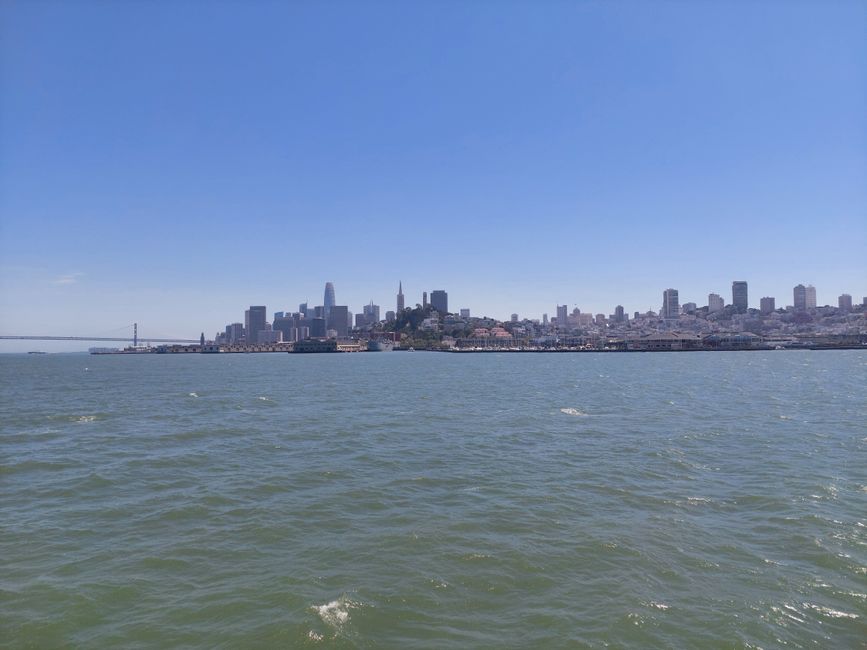
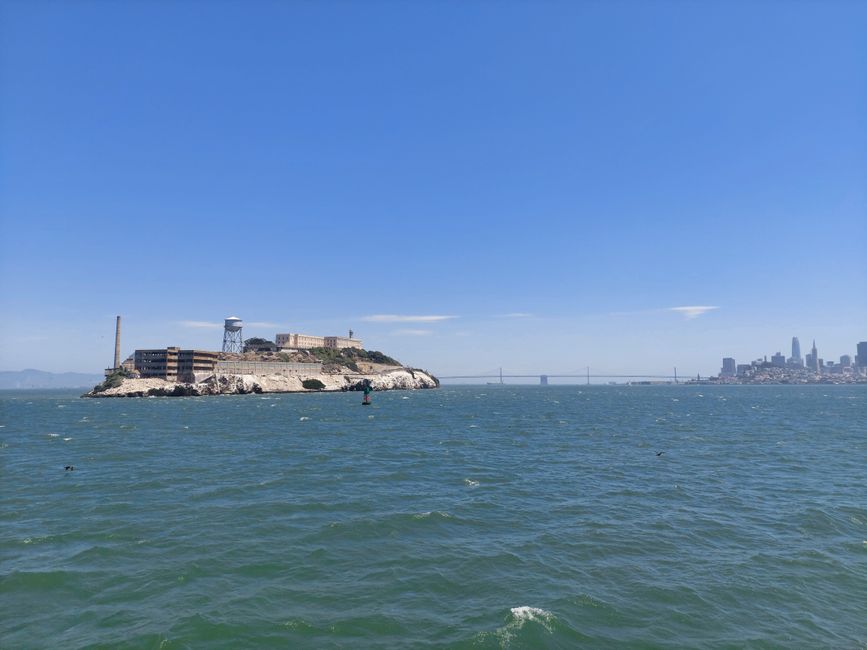
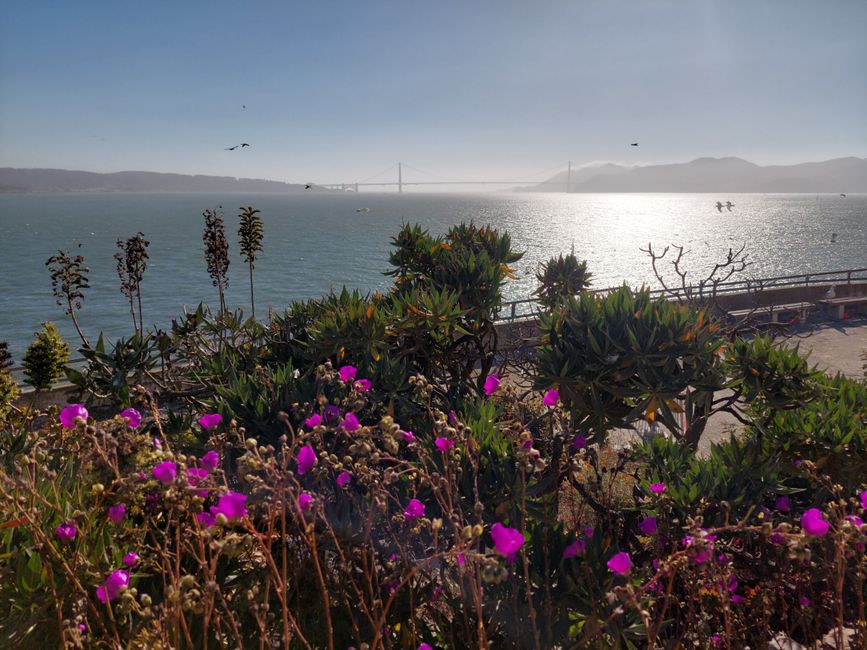
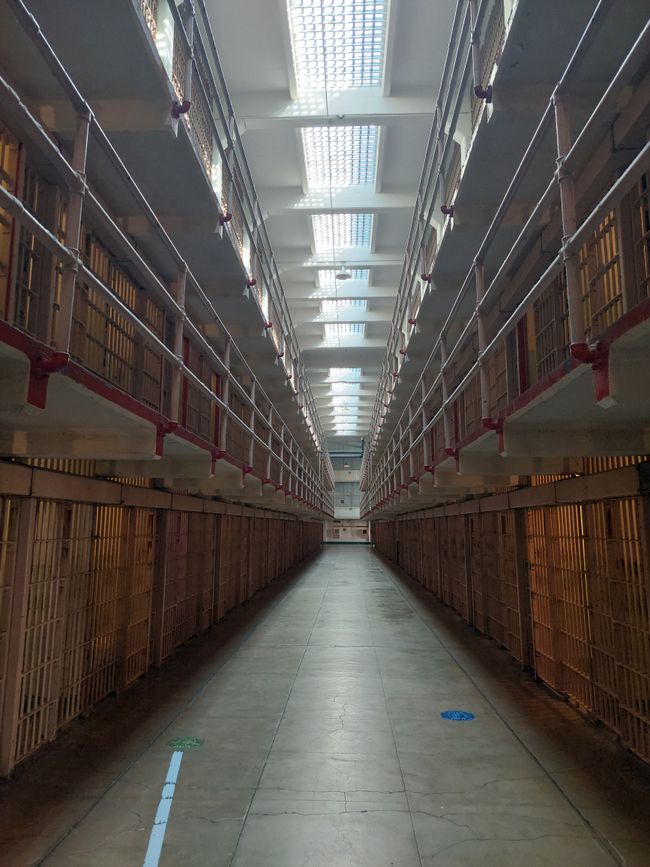
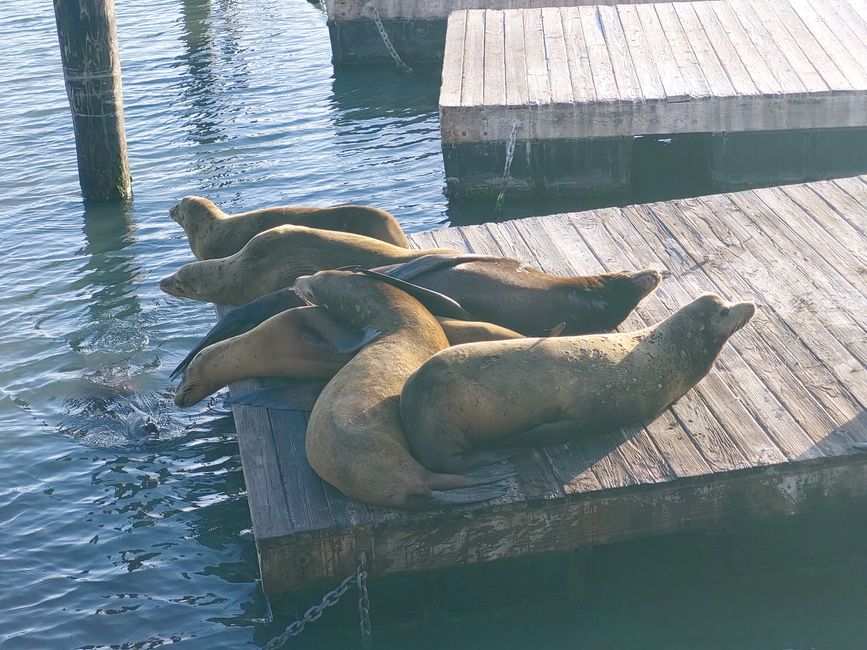
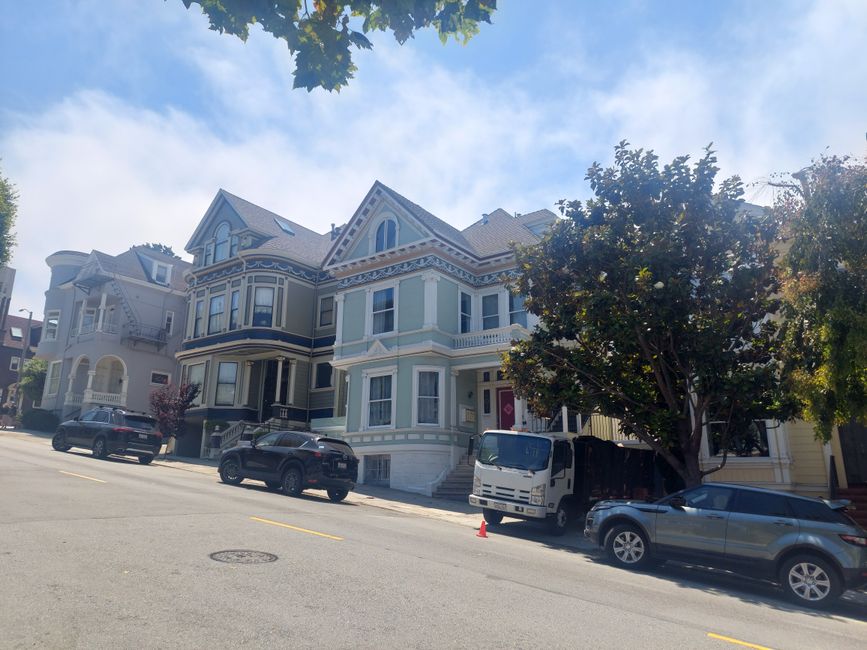
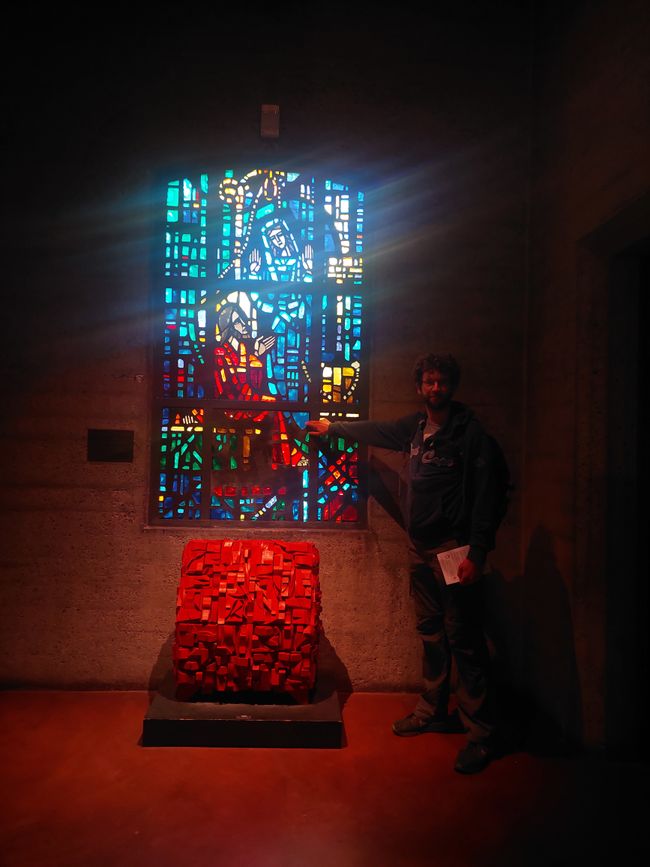
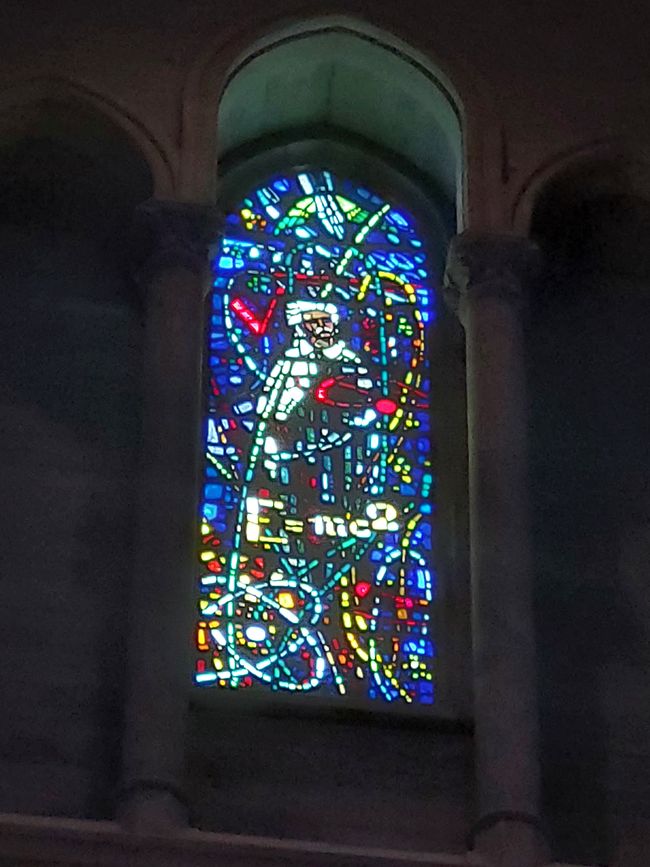
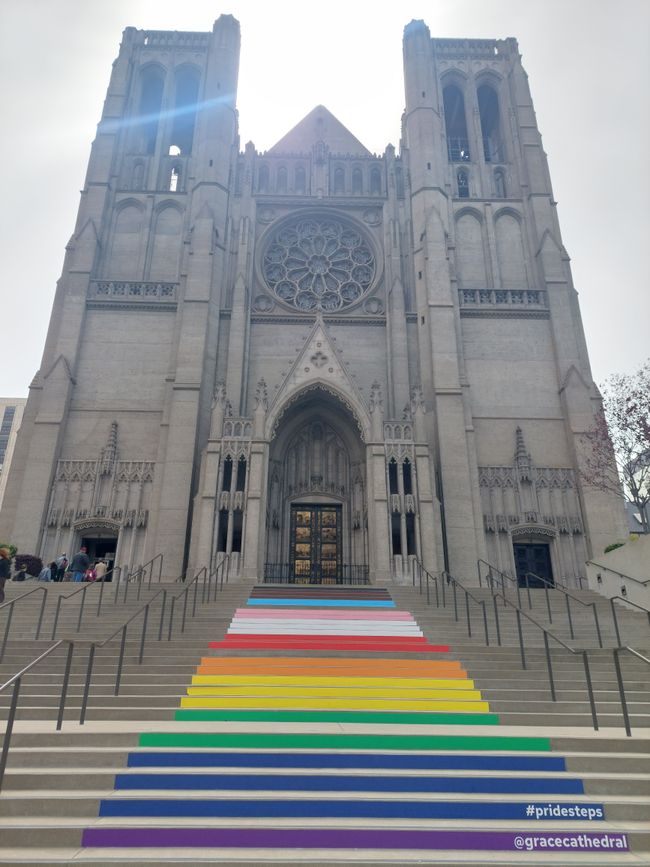
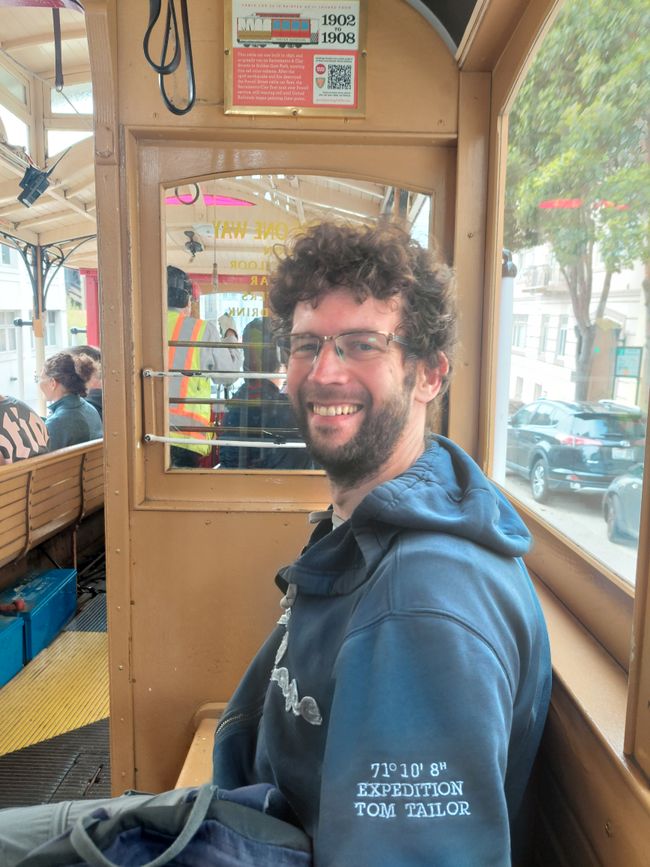
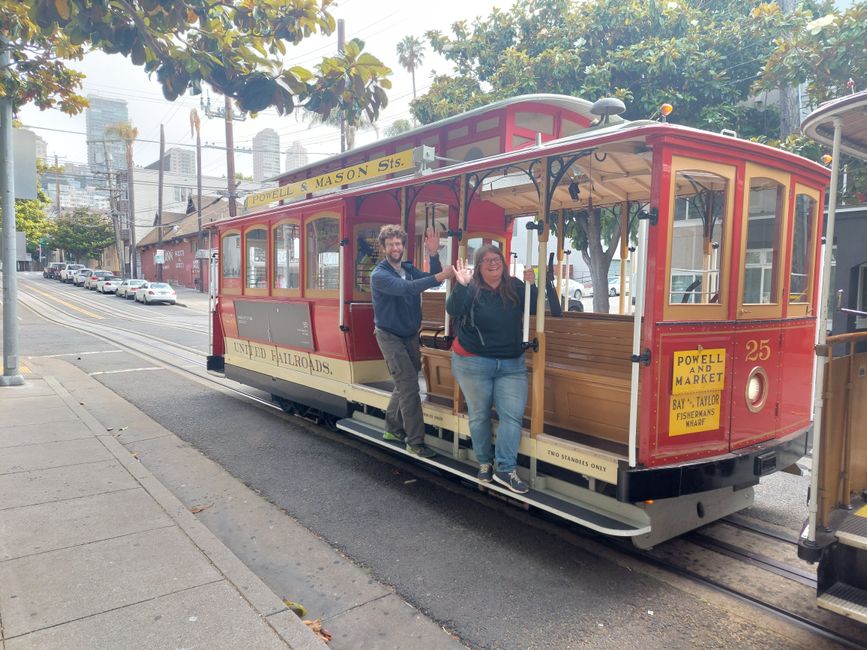
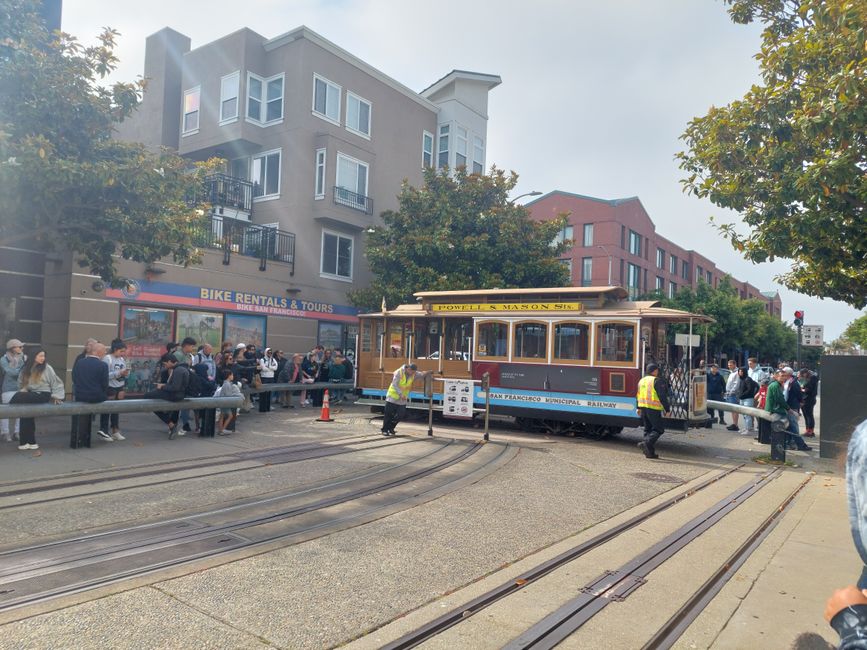

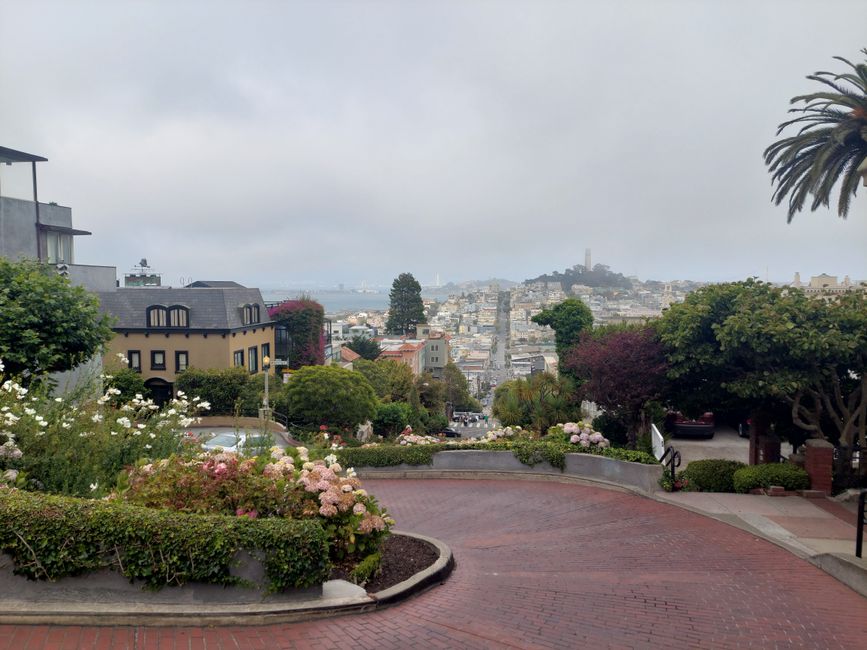
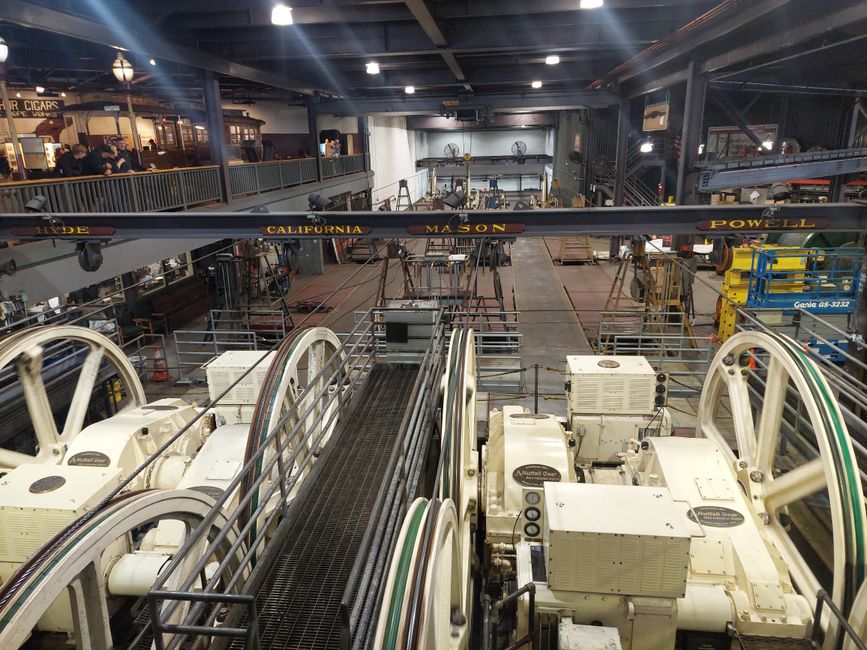
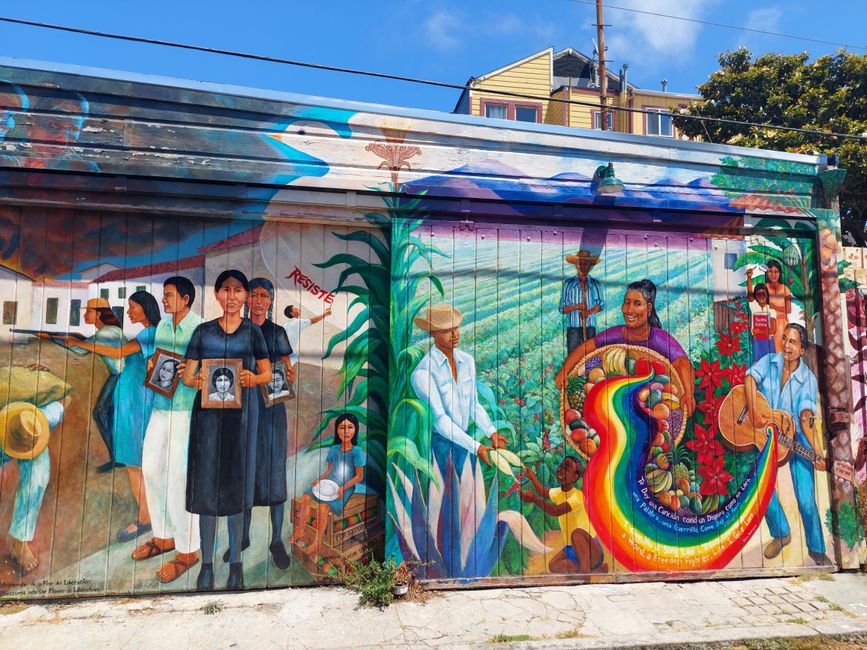
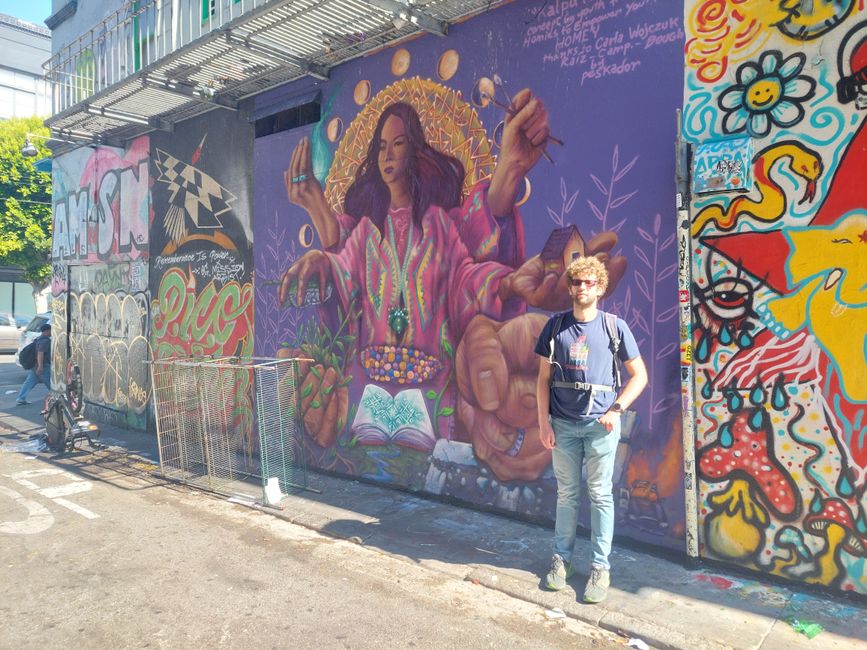
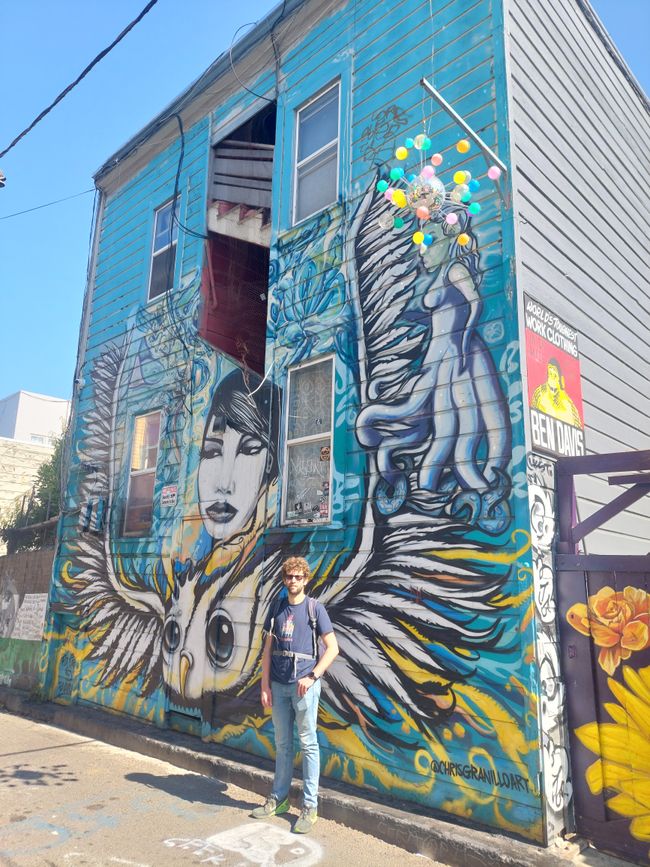
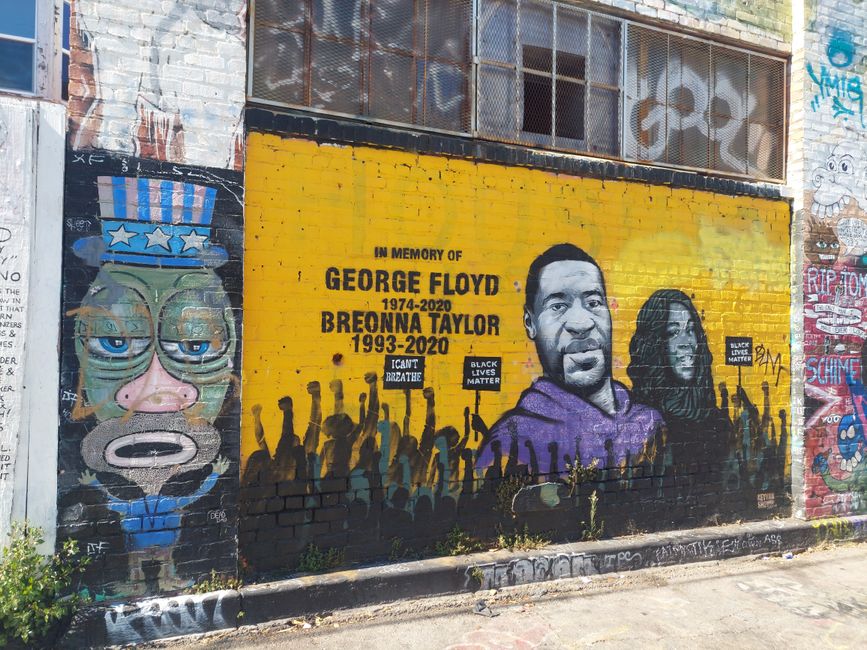
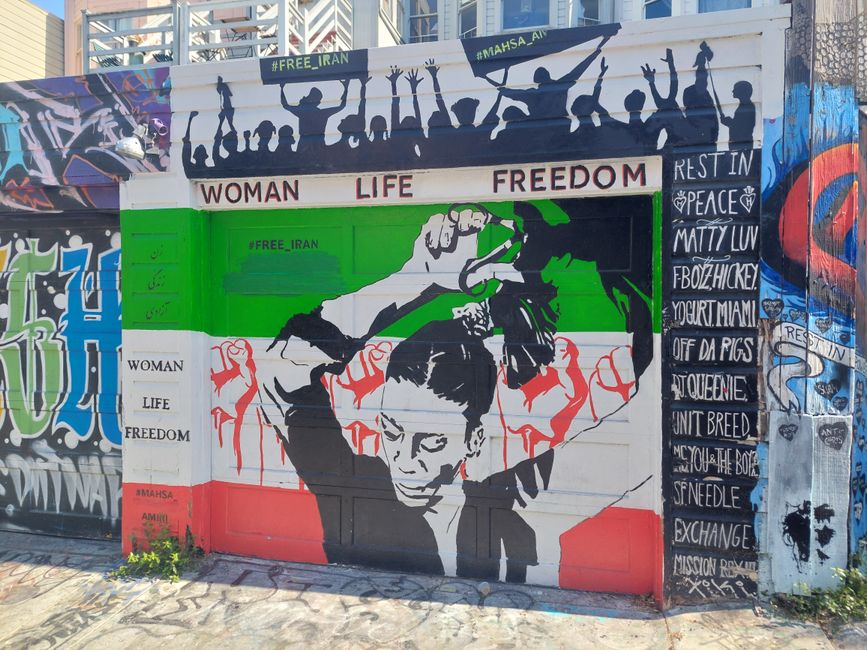
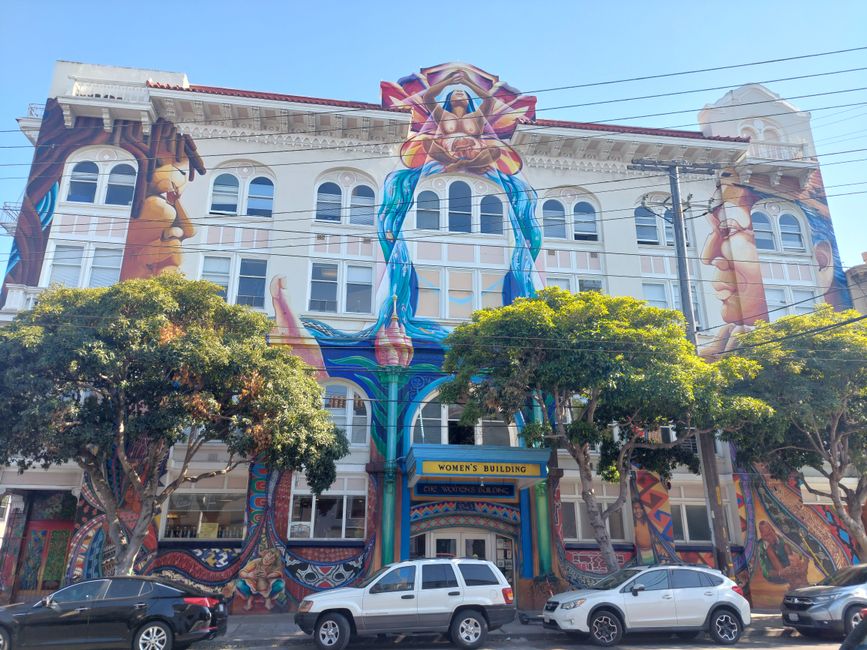
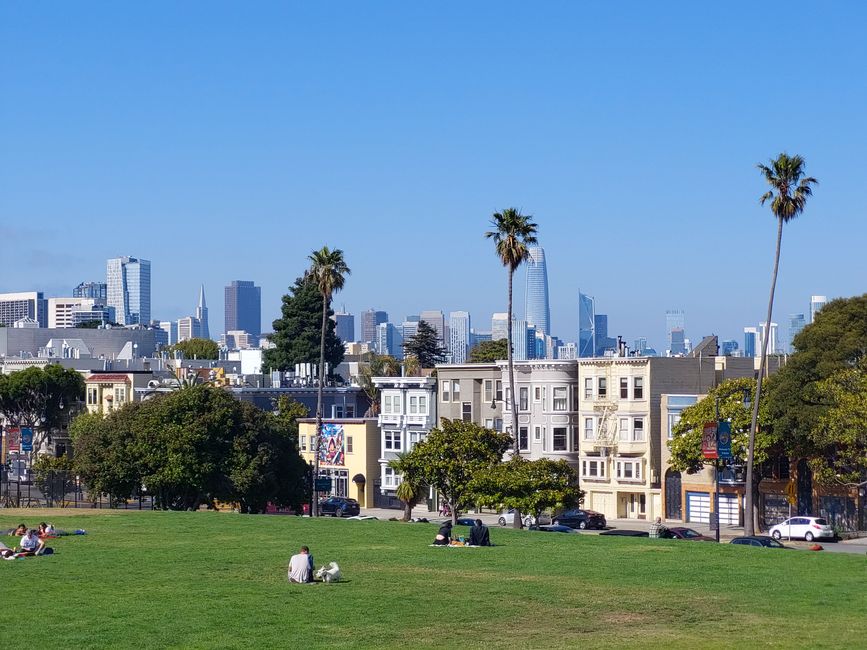
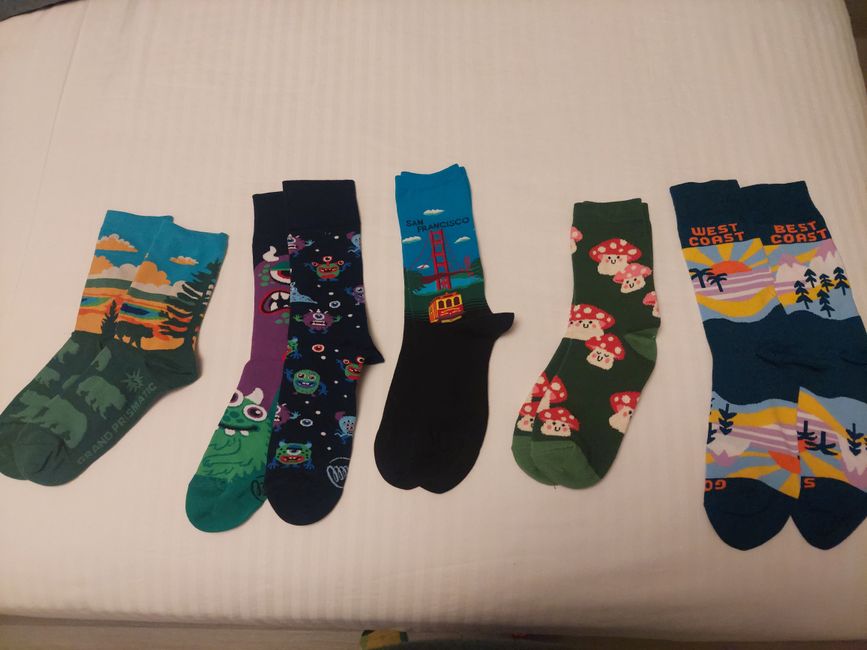
Jiandikishe kwa Jarida
Our first stop on the way to San Francisco was a detour inland to the Enterprise rental car lot in Ukiah, where we wanted to trade in our old car (a Nissan Versa, by the way, perhaps best known in Europe as a Nissan Almera). Luckily they had a comparable one available, a Toyota Corolla - so we didn't have to upgrade to a much larger and more fuel-hungry pickup or other monster. This time we had it confirmed directly that this car would not need maintenance anytime soon. It didn't have a California license plate, but a Florida license plate and no license plate on the front, which is not allowed in most states and is a bit scary at first. There were no documents in the glove compartment, which was probably fine because it was a fleet vehicle, whatever that meant - we just believed it and were happy to have solved the problem with the oil change. In Ukiah it was 20°C hotter than on the coast. Here we felt the tail end of the heat bell that was lingering in the southern United States at that time, as we were following in the media, but fortunately was not noticeable on the coast.
We next drove to Point Reyes National Seashore and there first to the lighthouse, the windiest and foggiest place on the west coast. In fact, we could hardly see any of the sea there, but it was fun to climb down the many steps to the lighthouse in the fog. We had read that you had to climb as many steps as 30 floors, but after we did that we didn't think it was that much, so we thought it was one of those over-the-top warnings that seem to be common in the US. At our next stop in this National Seashore, all the fog was already gone: At Heart's Desire Beach, Sebastian went for a short swim in the Pacific for the first time, while Judith found it too cold for that. So it was more in the direction of a beach holiday mood than before, but it still wasn't quite that - we would probably experience even warmer water and less fog further south. The fog, however, is very typical for San Francisco, and so the two viewing points of the Golden Gate Bridge that we went to next showed a typical picture: an almost completely white area with fragments appearing very briefly in it every now and then the bridge pier. Judith, who has already been to San Francisco twice, had already seen the Golden Gate Bridge without fog, and Sebastian hoped that we would be that lucky in the next few days.
But first of all we wanted to drive over the bridge into the city. At some point while we were driving, an indicator light started to light up in our new car, which we weren't particularly familiar with because it isn't in every car and we couldn't find out what it meant without documents and the Internet. Because the light was not flashing and there were no warning tones or text messages, we drove on. As the GPS also knew, the road over the Golden Gate Bridge was a toll road, but another route over or around San Francisco Bay would have been much further. However, we were wondering how we would have to pay the toll, because the signs in front of the bridge only said something like "automatic toll" and "do not stop". So we drove through, into the city and to our accommodation, which was in a safe neighborhood near Nob Hill and Russian Hill. Soon afterwards we took advantage of the fact that in big cities you can benefit from international cuisine instead of having to rely on unhealthy and unvaried American food: We went out for a Moroccan meal nearby and each ordered a vegetarian bastilla, which we previously called a pastilla knew and found it very tasty. It was delicious here, too, but it was tiny portions for $26 each. Shocked and still hungry, we bought two more salads from a pharmacy, which weren't cheap either. Our first impression of San Francisco was: cool, foggy and expensive.
After the meal and the following day, which we made the next day off, we did a lot of research and planned our stay. We found out that the warning light in our car was showing low tire pressure, thought that it might have something to do with the big difference in temperature, and decided to wait until we drove on to the gas station to check it. We also learned that the license plates of all cars are automatically recorded on the Golden Gate Bridge and that it is then actually determined who owns the car for toll billing. We asked ourselves whether this would also be legally possible in Germany. In our case, the owner would probably have been the rental car company in the first place, but in order to forestall the process here, we used the option of paying directly afterwards by stating the license plate number on the website. On the subject of planning our visit to San Francisco, we finally found another free walking tour that we wanted to take part in the next morning. As a further item on the program, Judith wanted to visit Alcatraz because she hadn't done that on her previous visits. Sebastian knew Alcatraz mainly from his Harry Potter encyclopedia, because it might have been a model for Azkaban, and also found it interesting to see. We found that there were no official tickets left for the ferry to Prison Island. So we should have planned earlier for this. Luckily we found a third party that sold tickets even more expensive in a package with tickets for other things. So we decided to do another boat tour in the bay, where we might get a better view of the Golden Gate Bridge. We were able to arrange everything so that the free walking tour, boat tour and Alcatraz tour back-to-back fit into the next day's program. At the end of the day off, still influenced by the food prices at the lecture, we bought dinner at Trader Joe's, among other things. Sebastian had known the term "Trader Joe's" for a long time as a brand under which Aldi sold dried fruit and nuts, and always associated it with names like "Top Craft", "Bauernglück" and "Golden Ears" in the drawer of cheap, uncreative ones and clichéd Aldi brand names. In reality, however, this name comes from the American supermarket chain "Trader Joe's", which was founded by Joe Coulombe, whose name has an interesting story behind it (but that would really be going too far here) and which later Aldi Nord founder Theo Albrecht was bought. The microwave dinner we bought there that day was cheap, surprisingly tasty and pretty much on par with a restaurant meal.
The next day started relatively early by our standards with the free walking tour. We had already noticed that in the USA everything closes earlier than usual, even in the evenings, and we didn't think it was a bad thing if we got used to this earlier rhythm now. The tour started at Union Square and took us through Chinatown and the Financial District. There was a fortune cookie factory in Chinatown where our guide bought fortune cookies for everyone. As it then became clear, fortune cookies were even invented in San Francisco. Our guide also told us that homelessness has skyrocketed in many US cities since the pandemic, which is evident throughout the cityscape. We'd noticed this in Portland, too, but it's especially true in San Francisco because of the year-round mild climate and because the city has a history of helping homeless people. The social commitment of this city and its region is also evident from the fact that a fee for a kind of company health insurance for the employees often appears on restaurant bills. The guide first told us this, but later we saw it ourselves on one of our bills. The guide told so many more interesting things that the free walking tour took a little longer than expected and we got a bit stressed because we had made a tight schedule. We quickly ran to the tram and headed to Pier 39, where we made it in time for the boat tour. Although it was actually only an add-on to the Alcatraz tour, the tour was very worthwhile because it was very windy but clear and we were finally able to admire the Golden Gate Bridge in all its glory. We even drove under it and around Alcatraz and had a great view of the city skyline. After the tour we had some time to buy (expensive of course) Ben & Jerry's ice cream at the harbor. Then we walked to the Alcatraz Cruises pier, where the Alcatraz tour started. There was an interesting audio guide in the prison building, also in German. The employee who handed us the audio guide wanted to know which city in Germany we were from and then said that Münster is in North Rhine-Westphalia and that Münster-Osnabrück Airport is located there. We would not have thought that it would be so well known, but if there are Americans who are interested in geography, then perhaps they are often primarily interested in airports. After the audio guide tour through the various former prison areas with the mostly sparsely furnished cells, we went outside to the island in the gardens. Possibly the gardens are an insider tip, because we were almost the only ones there - most people apparently only have time for the most important thing, i.e. the prison itself. We looked at the flowers there, many birds and from here the skyline again and the Golden Gate Bridge. At the end a staircase led to the prison's old courtyard, from where we re-entered it. As we walked back down the aisles, it was close to closing and we were among the last customers, which was cool but also a bit spooky. Afterwards we walked leisurely to the jetty and took the last ferry back to the harbor, which wasn't even that full. So it paid off that we took more time to visit than others. At the port we later went back to Pier 39, because this is known for the fact that sea lions have settled there, which we then watched a bit. We were happy about this full and beautiful day when everything worked.
The next day, our new plan with the adjusted rhythm didn't work out that well and we slept a little longer again. When washing and drying our laundry in a laundromat that we visited on foot took longer than planned, it was already quite late again. We then first walked down one of the many steep streets to Grace Cathedral, which cost quite a lot to enter. Since we already had little time to go anywhere else, we paid the entrance fee and took our time to take advantage of it. Grace Cathedral was built after Notre Dame and therefore looks very different from other American churches. Inside, however, very modern touch screens were set up, on which one could find out about the special "features" of the church, for example the colorful church windows, which at first glance are not unusual for the European eye, and which were dedicated to personalities who (also) achieved worldly things. One of the most famous windows showed Albert Einstein and the formula e = mc². In an adjoining room, people who died of AIDS were remembered. The steps in front of the church were also painted in rainbow colors and labeled #pridesteps. You wouldn't expect either of those things from an Anglican church, but that's San Francisco. We were so late after Grace Cathedral that both the Cable Car Museum and Coit Tower, which we both considered visiting, soon closed. In addition, the weather had become increasingly cloudy. At least we took a cable car to the Powell/Mason turnaround. Pulled by overhead cables on rails through San Francisco's steep streets, cable cars are a historic form of public transportation popular with tourists. There is often a great rush, but because we weren't at a terminal stop, the next cable car that just happened to be coming wasn't full at all. Unfortunately, because you could also ride outside on the running board, which of course would have been cool - but since there were still free seats, we found it kind of silly. Luckily, at the end of the ride at the turnaround, we were able to get our friendly brakeman (the people who apply the rear brake) to take photos of us posing on the running board. Then the car waited to be turned around on a turntable by the driver and brakeman in order to be able to drive back, which we watched. There were also many other tourists at the turnaround to watch cable cars being turned around, and there were more people queuing for the ride in the other direction than could fit in the car. We, on the other hand, walked - again uphill - to Lombard Street, a famous serpentine street in the middle of the city where you can drive down the slope by car. Lots of tourists did that too - we watched them as we walked up. Once at the top it was windy and foggy and cold. Then we were fed up with the weather and the steep roads for the day.
That's why we only took the bus the next day, first to the Cable Car Museum. However, because the bus stop announcements were wrong, we drove one stop too far and then had to walk uphill again. But the weather was better again. The museum doubled as the engine house, where you could see the engines that pull the individual cables for all four cable car lines. You got a lot of information about the history and technology of the system, which we found very interesting. For example, there have been plans by various people to ban cable cars, but these plans have always been dropped in order to preserve at least this tourist attraction. However, there was no news of any kind with a bad outcome, such as accidents. The whole museum therefore looked a bit like advertising, but it was also free. Next we drove to the Latin American district of Mission, where we first looked at a street with street art and went to a hip café. Another street in Mission was more reminiscent of South America, with many stalls and a lot of hustle and bustle on the sidewalk. If we weren't already used to it, we might have gotten a bit of a culture shock here. We looked at more street art and went to Mission Dolores Park, where you had another good view of the skyline. The view from the Coit Tower, which we had since canceled from our plans, wouldn't have been much better. Finally we drove to the old hippie district on Haight Street. We didn't notice much of a hippie vibe there though and spent a lot of time in a big sock shop where Judith bought four pairs of socks and Sebastian bought at least one pair. Judith's sock motifs were San Francisco, Monsters, Mushrooms and Grand Prismatic Spring from Yellowstone National Park, which we plan to visit later in the trip. Sebastian bought "West Coast Best Coast" socks and now only had to hope that he wouldn't find the east coast better in the end. After what he already knows from the east coast, he has no major fears there. Then we went briefly to Golden Gate Park, which is actually quite large, but since the weather was getting uncomfortable again, we preferred to drive back and thus conclude the last of our varied days in this open and friendly city.
During the time in San Francisco we also thought about how to proceed for us. From here it is usually a good idea to make a detour east to Yosemite National Park and possibly other national parks. But we had already read about the heat in the interior and felt it a bit in Ukiah. The media at the time was also raising hopes that the heat bell would soon dissipate. So we decided to drive further along the coast and only visit all these national parks when it is hopefully cooler there.
Jiandikishe kwa Jarida
Jibu
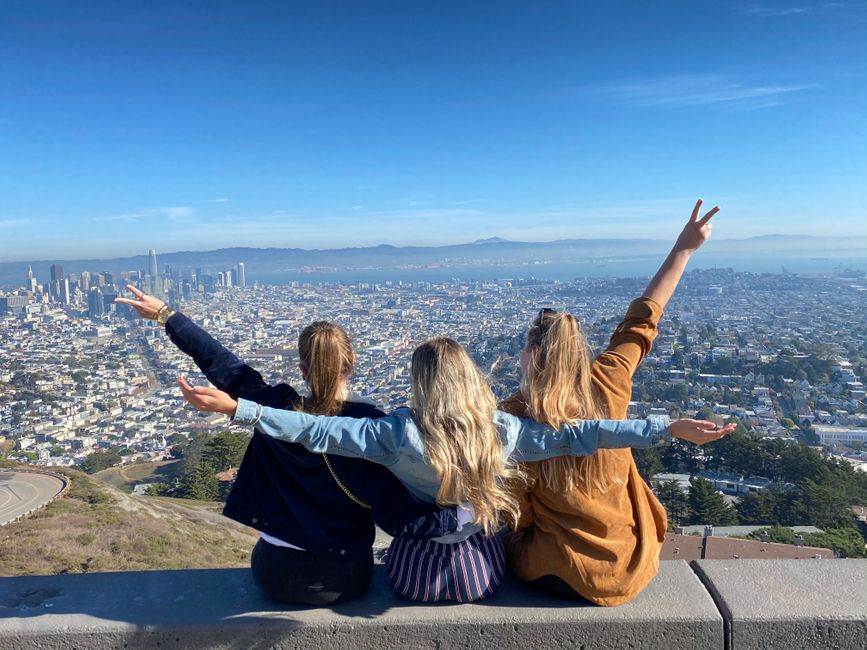
Ripoti za usafiri Marekani
